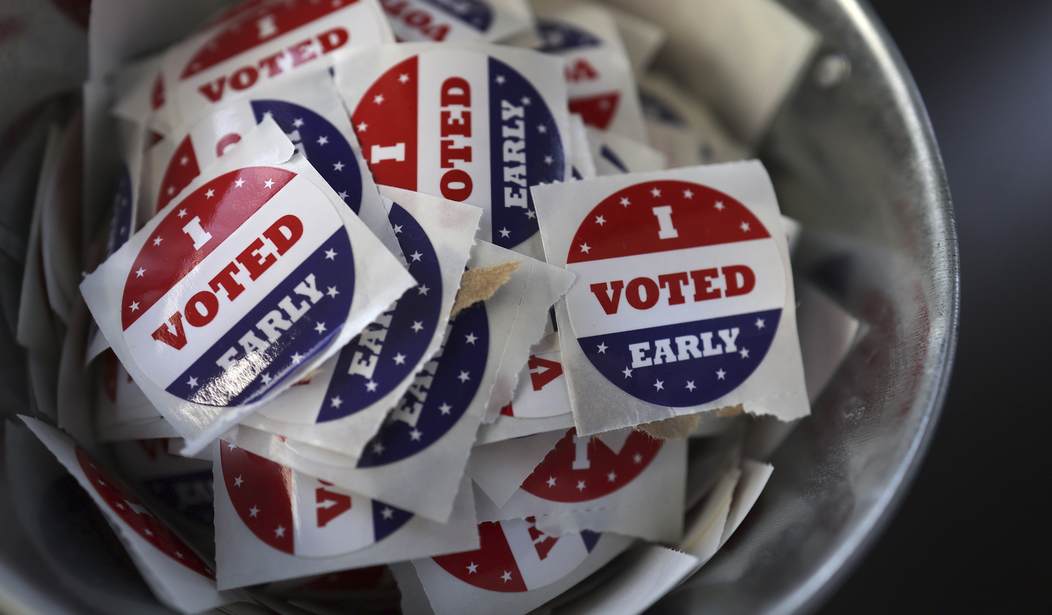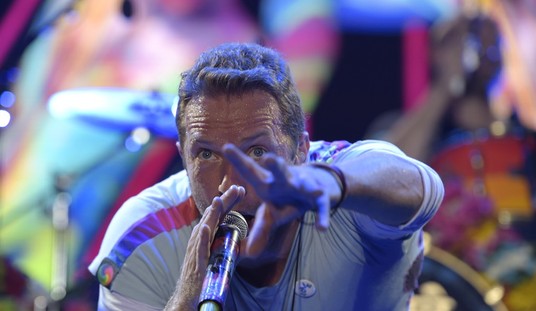For all the talk we've heard about the critical nature of early voting, you might be tempted to believe that the election is all but over already. Republican analysts have frequently blamed Donald Trump's loss in 2020 on the reluctance of traditionally conservative voters to vote early or by mail, claiming that they then had to play "catch up" on election day. The party stressed the need to overcome that reluctance and get their own voters to the polls in advance. Meanwhile, the Democrats continued their push going door to door, registering voters, and directing them to early voting locations.
Something seems to be playing out differently this year, however. New data providing early voting numbers show that things aren't playing out as expected. Not only is early voting not becoming increasingly prevalent but it's actually down from this point four years ago. And not by a small margin. So what's really going on here? (NY Post)
The dramatic rise in early voting has led many to think the election might be effectively over days or weeks before Election Day. The data thus far show that won’t be true — and the numbers aren’t comforting for Democrats.
Early voting is nowhere near what some people estimated: 4.2 million Americans have already cast their ballots, per John Couvillon, a Republican political strategist who provides daily updates on early and mail voting.
That sounds like a lot, but it’s a pittance compared with the 158.6 million votes ultimately cast in 2020.
More important, it’s significantly less than this point in 2020: Early voting is down 45%, Couvillon’s numbers show.
A difference of 5% could be written off as an estimation error. A drop of 45% suggests something very different taking place. It's certainly not a drop in voter education or awareness. You can't flip the channel on your cable news dial without being hit with a barrage of information about early voting options and locations. Talking heads drone on endlessly about the need to vote early and "bank your vote" lest something happen that might prevent you from voting in person. Yet people are staying away in droves as compared to the previous cycle.
Part of this can be blamed on the fact that some states still haven't opened their early voting ballots to begin counting, so the numbers should bounce back a bit in the next couple of weeks when that happens. But even those states will only partially make up the gap. The early voting numbers are simply down, and that doesn't bode well for Democrats who rely on early voting far more heavily than the GOP.
The less discussed factor is found in the number of requests for mail ballots. Those were down by 58% from 2020 in states that don’t send mail ballots to all voters. Those are arguably the most motivated voters who choose to go outside of the default system and take the time to specifically request an early ballot when one would otherwise not be sent to them. That number is currently down by more than half of what it was in 2020.
Steep declines of this type were seen in Georgia and North Carolina thus far. We can safely assume that some of that decline can be attributed to hurricane storm damage, but those numbers aren't expected to jump back up dramatically. Those windows of opportunity are scheduled to close fairly soon and most of those people probably have more pressing issues on their minds than early voting. Still, the numbers say what they say and some of the strongest mail-in ballot activity thus far has been seen in more reliably red districts. Take from that what you will, but the news doesn't look spectacular for Democrats at this point.








Join the conversation as a VIP Member